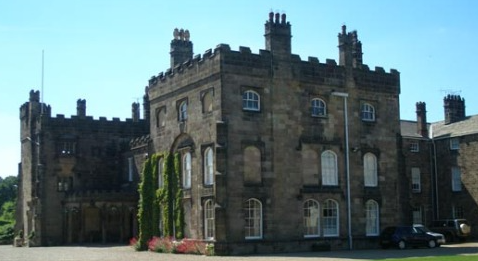The Symbolism of Thornfield Hall in Jane Eyre
Thornfield Hall is a central setting in Charlotte Brontë’s *Jane Eyre*, contributing significantly to the novel’s themes and character development. Understanding its symbolism offers deeper insights into Jane’s journey and the societal constraints of the Victorian era. This exploration reveals how Thornfield Hall embodies both isolation and hidden truths, while also reflecting Jane’s own struggles for autonomy and identity.
The Duality of Thornfield: A Place of Beauty and Mystery
At first glance, Thornfield Hall appears to be an imposing yet beautiful estate, symbolizing wealth and status. However, this façade masks darker secrets lurking within its walls. The grand architecture represents both the allure of love and the complexities of human relationships. As the story unfolds, the mysterious attic and the presence of Bertha Mason, Jane’s predecessor, expose the hidden layers of oppression and madness. This duality echoes Jane’s own internal conflicts, highlighting her struggle between societal expectations and her quest for freedom.
Isolation and Confinement
Thornfield Hall also symbolizes isolation and confinement, reflecting Jane’s experiences throughout her life. As she arrives at Thornfield, she encounters a lavish home that simultaneously serves as a prison for Bertha and a space filled with emotional constraints for Jane herself. Through her employment as a governess, Jane faces the societal limitations imposed on women during the Victorian era. The walls of Thornfield symbolize both Jane’s longing for connection and the barriers that prevent her from achieving true intimacy and self-expression. The tension between the external space of the hall and Jane’s internal desires intensifies throughout her time there.
Transformation and Liberation
Ultimately, Thornfield Hall’s destruction marks a pivotal moment in Jane’s journey of self-discovery and liberation. The fire that consumes the estate symbolizes the burning away of past constraints and the rebirth of Jane as an independent woman. The loss of Thornfield serves as a catalyst for Jane’s transformation, allowing her to embrace her values and desires without compromise. This act of destruction leads to her personal growth and the possibility of a new beginning, aligning with the novel’s overarching themes of resilience and self-realization.
In conclusion, the symbolism of Thornfield Hall is rich and multifaceted. It serves not only as a backdrop for Jane’s experiences but also as a reflection of her struggles and triumphs. By delving into its meaning, readers can gain a broader understanding of Jane Eyre’s themes and the societal issues of its time. To explore more about this iconic novel and its depth, consider reading *Jane Eyre* anew or delve into literary analyses that illuminate its rich symbolism.
